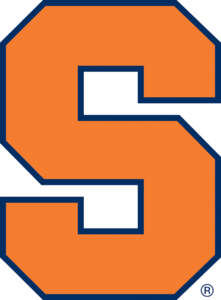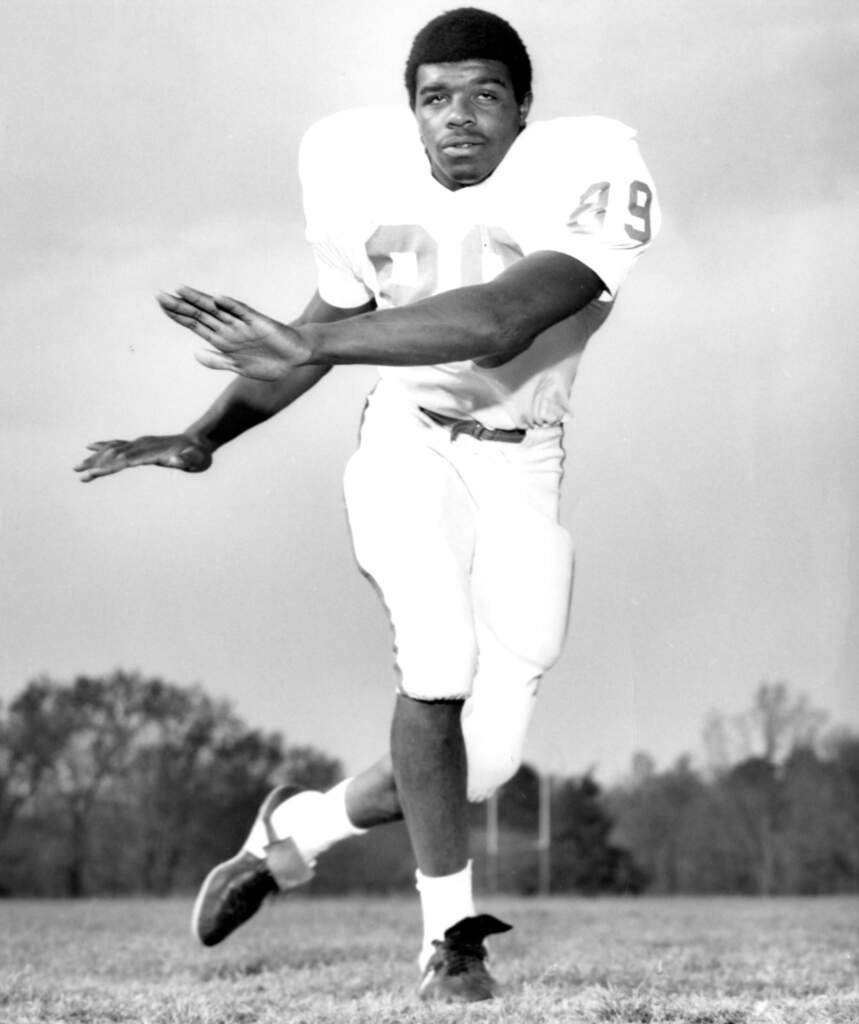Oct. 9, 2000
By Mandie Parrish Sports Information Graduate AssistantThe NC State Game Program – October 7, 2000
Bet some of you didn’t realize you were going to watch a Bowl Game when you bought tickets to today’s match-up between Clemson and North Carolina State. But you probably won’t hear the PA announcer say, “Welcome to Death Valley for the 20th Textile Bowl – the annual tussle between the Atlantic Coast Conference’s two textile schools.”
No, that’s not going to happen, but you can bet today’s game will be played just as hard as a bowl game. This annual meeting between N.C. State and Clemson has been known as the Textile Bowl since 1981 – a tip-of-the-hat to the two schools’ contributions to and research for the textiles industry. Both schools have outstanding curriculum in textiles and both are beneficiaries of grants made to higher education by the textile industry in the Carolinas.
In 1981, the industry was booming and on the edge of all the technology we know today. South Carolina was the nation’s largest producer of textile machinery and North Carolina was its largest customer. One fourth of the nation’s textile industry was in North Carolina and textiles in South Carolina provided more than one-third of the manufacturing jobs in the state. This “Bowl Series” was started as a nod to the impact these schools have and will continue to have on their state’s economy. And just to up the stakes in the series, a trophy is given to the winner of the match.
The Tigers are looking to avenge their two-year loosing streak against the Pack. Both of these games were high scoring: a 46-39 in 1998 and a 35-31 setback in 1999. Today, Clemson should be hoping for a repeat of its last victory over the Wolfpack at Death Valley, where they ran away with a 40-17 victory in 1996.
Or, if a close game is what you want, there’s always the 1997 nail-biter. Clemson came away with fourth-quarter 19-17 win in Raleigh with Matt Padgett kicking a 20-yard field goal with 20 seconds left in the game. By the way, the Tigers have a 12-7 lead in the Textile Bowl series.
Just looking at the record books, Clemson has the advantage in this series, which today is the 69th meeting between the two ACC rivals. Clemson leads the series 42-25-1 overall and has a 13-10 lead in games played at Memorial Stadium. The series in Raleigh is tied 14 all. But enough about statistics.
Let’s talk colors and fashion in the match-up. Wait! Stay with me, I’m not talking about the runway, I’m talking about history.
Clemson’s official colors are Northwestern purple and burnt orange. However, most of the athletic uniforms are orange and white, with maybe a stripe of purple. Sometimes Clemson wears all orange for special games and sometimes they mix and match.
Take the Oct. 26, 1991 game against State when Clemson donned purple jerseys, white pants and orange helmets. This was the first time since the 1930’s the football team had worn this combination, but it worked. The 18th- ranked Tigers pulled off a 29-19 victory over the 10th-ranked Wolfpack.
The color story of the jerseys goes further into Clemson’s lore. According to legend, Clemson used to have pale purple and gold as the official colors. Jess Neely (head coach from 1931-39) wanted uniforms that were more color-fast. So he changed the colors and worked with the school of textiles and developed deeper colors for the uniforms. Colors that hold up under the sun and numerous washesŠ hence the bold colors we associate today with Clemson.
Going further back in history, the Tigers played another color switch on the Pack. The Nov. 18, 1967 game was of importance for more than one reason. N.C. State was ranked first in the ACC and 10th nationally and was rumored to be headed for a Sugar Bowl berth. It had won its first eight games of the season but was defeated by Penn State the week before the Clemson game, thus making the match-up very important for State to keep its bowl invitation intact.
The Wolfpack was famous in 1967 for their tenacity and also for their defense’s all-white shoes. A few of the Tigers decided a week before the game they needed to do something to counteract the perceived intangible advantage of State’s white shoes. So, they decided they should paint their shoes orange. They had to get orange paint from eight different stores in the area to cover all the players’ shoes! The shoe-switch worked. The Pack jumped ahead in the second quarter 6-0, but it was the last they would score. Clemson scored twice to win 14-6 and clinch a tie for the ACC Championship and the sixth and final title of Head Coach Frank Howard’s career.
Wearing all orange attire, Clemson has won the ACC Championship four times. Of course, the National Championship in 1981 against Nebraska was also a win for the all-orange uniforms.
Speaking of the 1981 Championship season, the contest with N.C. State that year was as stellar as the rest of their season. State scored the first, but Clemson went on to win17-7. After that victory, the Tigers moved up to number-three in the AP poll, the highest ranking at that point in Clemson’s history.
The history and traditions between these two teams are far reaching and encompass much more than just statistics. So next time someone mentions the annual Textile Bowl, make sure you know your history, and the important impact that textiles have on both schools. Don’t forget all the research and jobs these schools provide.
And by all means, don’t forget to mention the importance of fashion and colors for these two textile teams.
 Duke
Duke 
 Florida State
Florida State  Louisville
Louisville  Furman
Furman  South Carolina
South Carolina  LSU
LSU  Troy
Troy  Georgia Tech
Georgia Tech  Syracuse
Syracuse  North Carolina
North Carolina  Boston College
Boston College  SMU
SMU 





